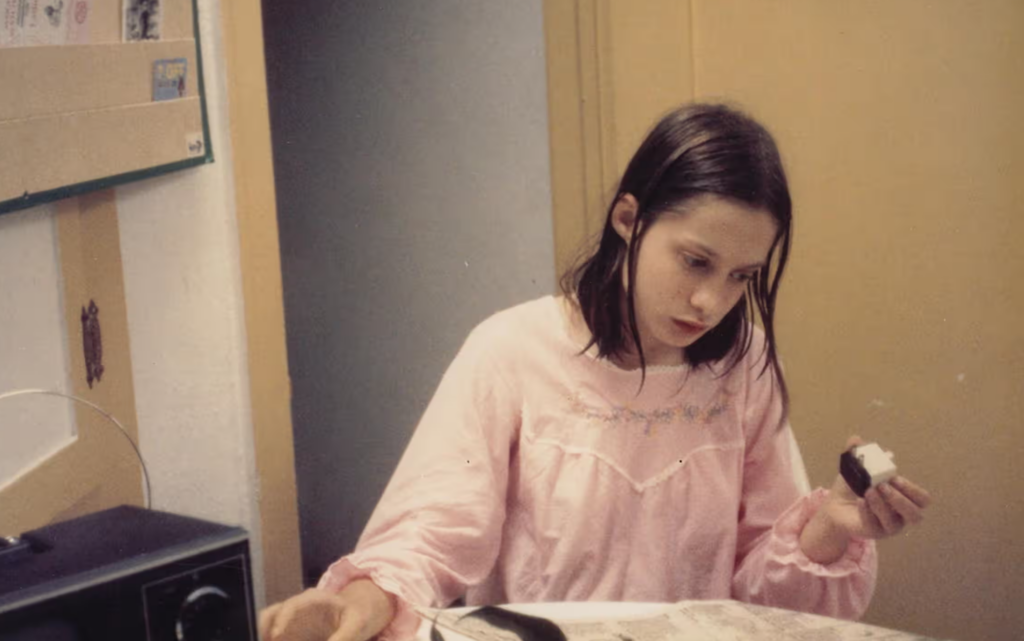More than five decades ago, a discovery in a Los Angeles welfare office revealed one of the most severe cases of child abuse ever documented. A 13-year-old girl, who would become known to the world as Genie Wiley, entered the room. She was unlike any child the social workers had ever encountered. Frail and moving with an odd, shuffling gait, she was unable to speak and could barely support her own weight. Her hands were held in front of her like a small animal, a permanent posture of fear. This was the beginning of a public story that would both horrify and fascinate the nation, challenging fundamental scientific beliefs about human development.

Genie’s early life in Arcadia, California, was a nightmare of isolation and cruelty. Born in 1957, she was the youngest of four children. Her father, Clark Wiley, developed a twisted conviction that she was intellectually disabled, a belief rooted in a congenital hip issue that delayed her walking. This single notion became the justification for a lifetime of unspeakable torment. He isolated her from the rest of the family, forbidding her mother and brother from speaking to her. What began as neglect soon escalated into a terrifying imprisonment that would last for over a decade.

As her father’s paranoia grew, Genie’s world shrank to the dimensions of a single, dark room. She was tied to a potty chair for endless hours during the day and restrained in a crib at night. Her father enforced a rule of absolute silence, responding to any sound she made with brutal beatings. To scare her into quiet, he would growl and scratch at her, creating a deep-seated phobia of animals. Her diet was severely limited, and she was never spoken to, never shown affection, and never allowed to experience the world outside her prison. Her mother, nearly blind and living in terror herself, was powerless to stop the abuse.

When Genie and her mother finally escaped in 1970, the full extent of the damage became apparent. At thirteen, she weighed only 59 pounds, could not chew solid food, and was incontinent. She understood only her own name and the word “sorry.” The case immediately attracted the attention of scientists and psychologists who saw in Genie a tragic natural experiment. They were desperate to learn if a child who had missed the “critical period” for language acquisition could ever truly learn to communicate. Under their care, Genie made some progress, learning words and showing a capacity for non-verbal expression through drawing.
However, this flicker of hope was tragically short-lived. After her eighteenth birthday, she was returned to her mother, who quickly found she could not cope. Genie was placed into the state’s adult foster care system, where the specialized support she needed vanished. She was moved between various homes and institutions, and the progress she had made rapidly unraveled. The scientists who had grown close to her, like linguist Susan Curtiss, were barred from any further contact, left only to wonder about her fate. Her brother, John, who had also suffered under their father’s tyranny, carried his own burden of shame and grief until his death. Genie herself is believed to be living in care under a protected identity, a permanent reminder of human cruelty and the fragile window for learning what makes us human.


